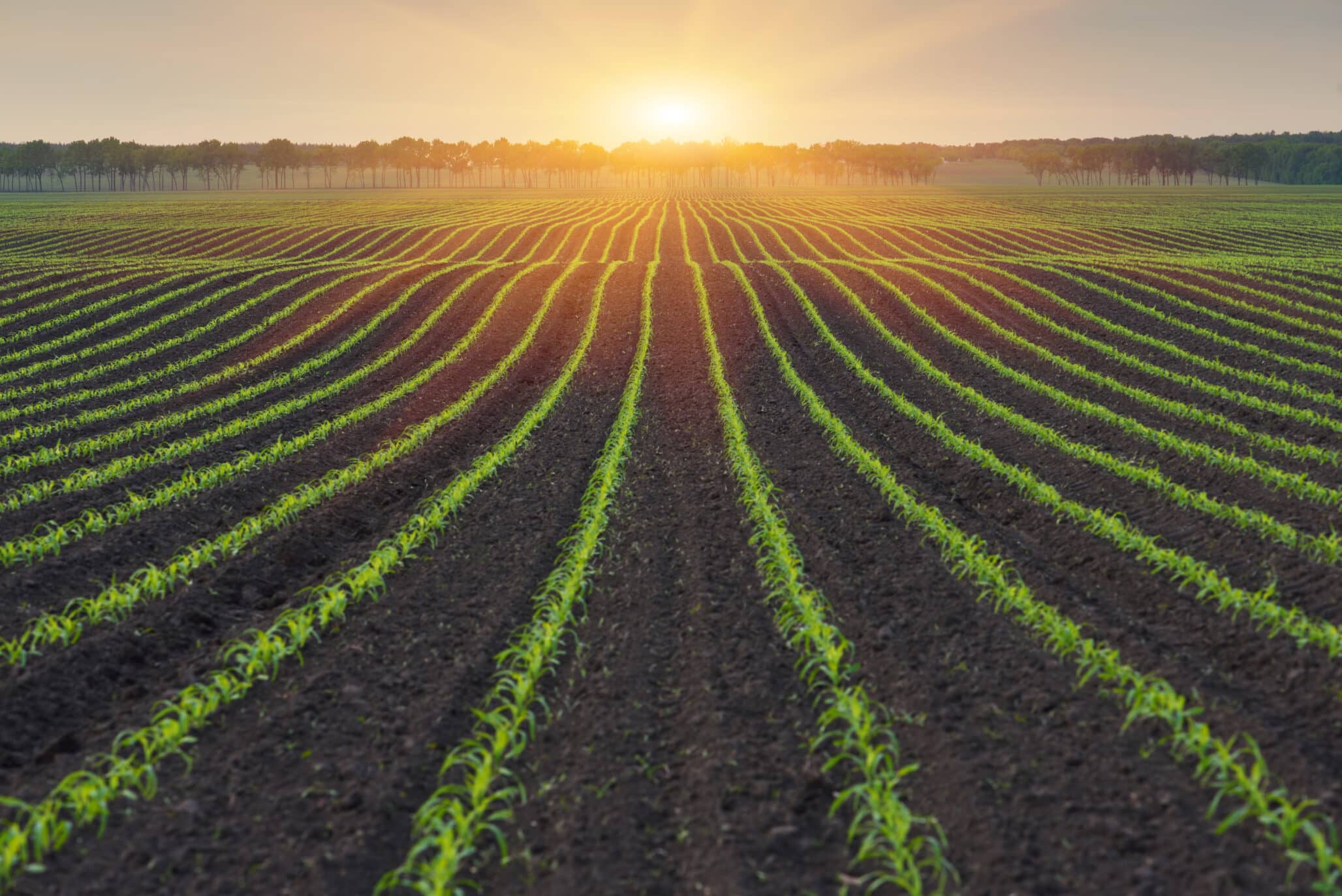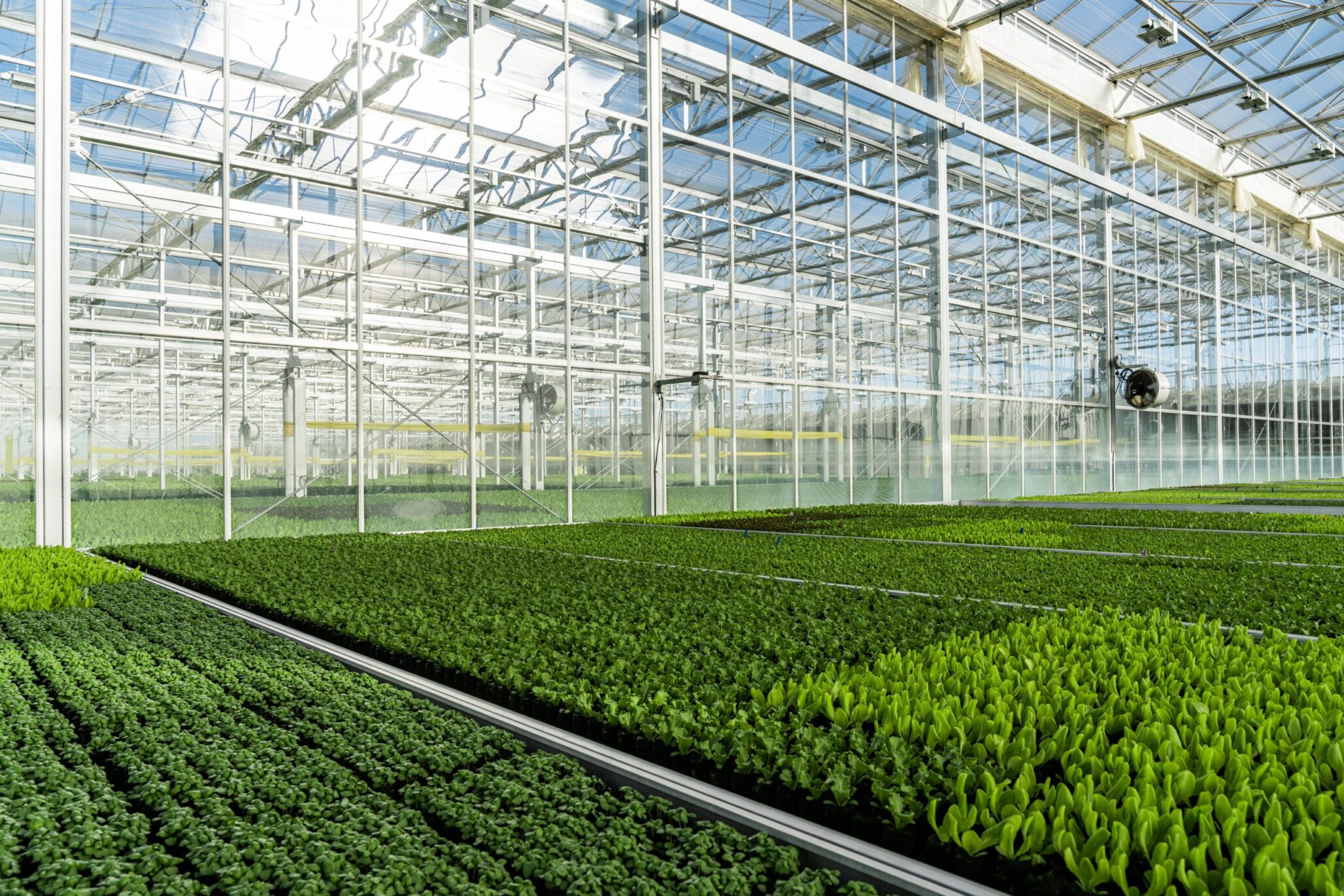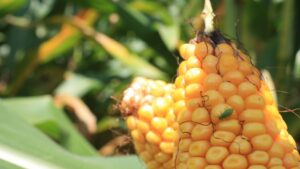To deliver best in class seed packages, Bayer unites top-tier germplasm, advanced biotech traits and a multipronged seed treatment system. But there’s more: building a complete seed package also involves testing. In fact, a whole lot of testing. As Bayer’s North America SeedGrowth technical manager, I’m the person in charge of the system development testing for Bayer’s corn seed treatments. Here’s a sneak peak inside how we do it.
There are two very different phases to product testing. There’s the testing that happens during the research and development or ‘discovery’ phase. That’s the mandatory testing required for a product to be considered for registration by a regulatory authority like the US EPA, the USDA or the FDA. That’s very much the staple testing every company conducts.
The second phase is what we call ‘product and system development’. Once we know that a product works and it’s registerable, we need to know how this product potentially fits with everything else a grower could put on an acre.
Stepping outside of agriculture for a moment, imagine Apple products for example: Apple sells smartphones, but they also provide all the other pieces too – the airpods and the apps and all the other pieces — that together create a fully functioning unit that meets the needs of the user. Our products operate in very much the same kind of ecosystem. We do this level of testing analytically, with big data that’s difficult for our competitors to match, to confirm that our products stand up consistently in all kinds of growing seasons. Product and system development work happens prelaunch of the product but also continues throughout the product’s commercialization and throughout its commercial lifespan.
From a data perspective, testing is based on statistics: what questions do we need to ask, how often do we need to ask them, and where do we need to acquire the data points to make statistically sound judgements. There are companies that push out a product based on a data set from maybe six locations worth of data over just one year. We’re pulling together literally thousands of data points over multiple years: I oversee about 290 trial locations just for corn every year all over the United States and Canada, and we’re comparing year after year after year of results.
Every additional year is important because stability of results matters. We need to prove that our products deliver measurable benefit across geographies and growing conditions. This year, for example, we’ve been planting two weeks early. How does that impact results? What about years with higher or lower disease or insect pressure? The fact that we can prove, via clear data, that our complete package (including our brand-new Acceleron N314 nematicide seed treatment) has delivered a stable and consistent 4.8bu/ac average yield gain in trial plots over multiple years illustrates the benefit, not only of the package we’re bringing to market, but of our intensive product testing.













